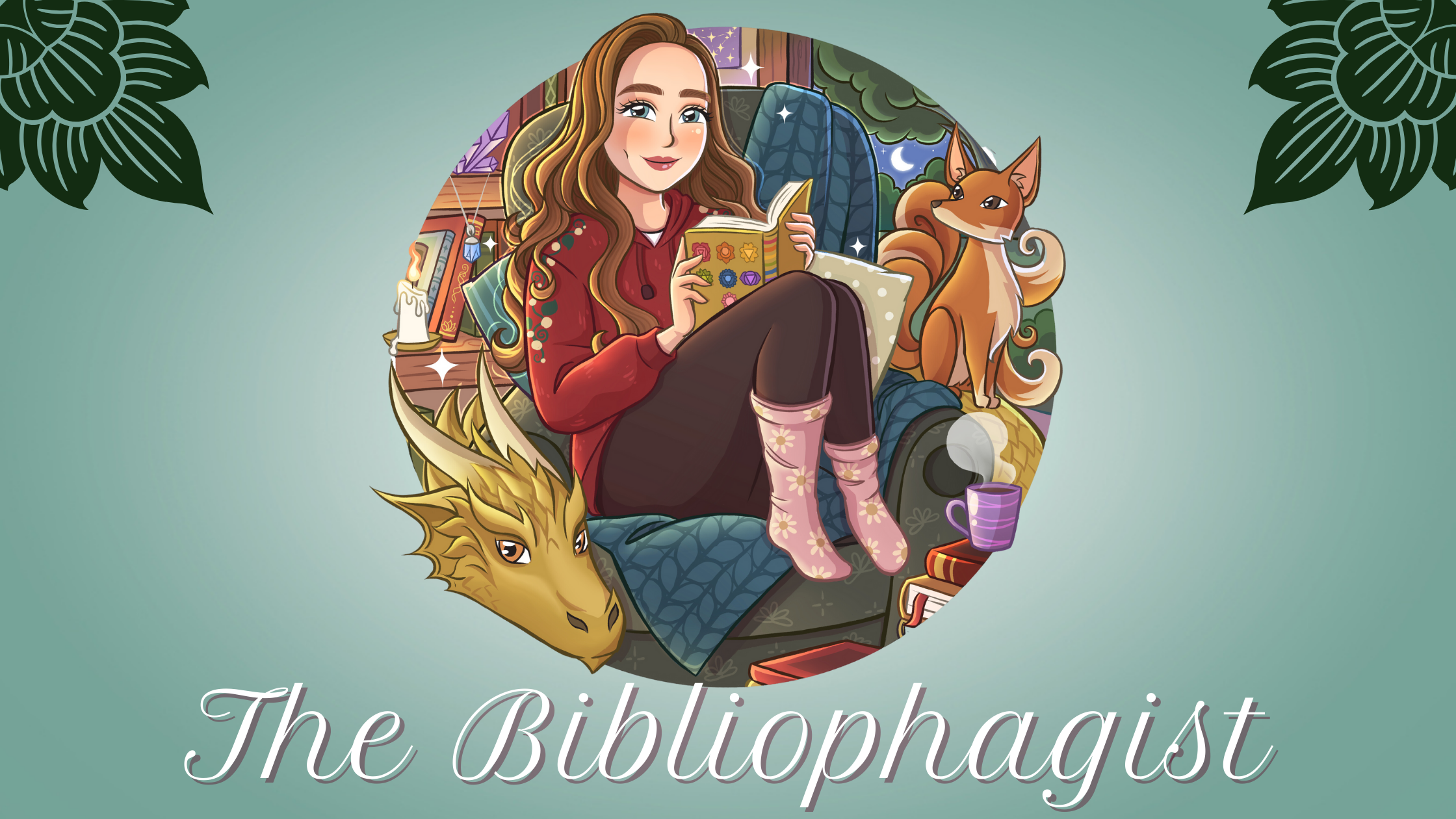As a Capricorn, I love nature. This naturally led me to want to learn more about plants and apply that knowledge in my spiritual practice. That being said, when given the chance to read about the poisonous herbs that many use in spiritual practices, of course, I said yes!
I am very excited to talk about this book today. Coby Michael has an incredible wealth of knowledge, and I enjoy his work. I knew that this would be a great read, but I did not know how good until I dove in.
Author: Coby Michael
Publisher: Inner Traditions (Park Street Press)
Published: October 26th 2021
Book Length: 256 Pages
Genre: Spirituality, Nonfiction, Paganism, Witchcraft
Rating: ♥ ♥ ♥ ♥ ♥
Buy the Book: Amazon, Inner Traditions
*I received a copy of this book for free in exchange for my honest, unbiased review*
A guide to safely working with the poisonous plants of the witches’ pharmacopoeia for magic, healing, and visions
• Explains how to work with baneful herbs through rituals and spells, as plant spirit familiars, as potent medicines, and as visionary substances
• Details the spiritual, alchemical, astrological, and symbolic associations of each plant, its active alkaloids, how to safely cultivate and harvest it, and rituals and spells suited to its individual nature and powers
• Shares plant alchemy methods, magical techniques, and recipes featuring the plants, including a modern witches’ flying ointment
Part grimoire and part herbal formulary, this guide to the Poison Path of occult herbalism shares history, lore, and information regarding the use of poisonous, consciousness-altering, and magical plants. Author Coby Michael explains how, despite their poisonous nature, baneful herbs can become powerful plant allies, offering potent medicine, magical wisdom, and access to the spirit realm.
Detailing the spiritual, alchemical, astrological, and symbolic associations of each plant, the author explores their magical uses in spells and rituals. He focuses primarily on the nightshade family, or Solanaceae, such as mandrake, henbane, and thorn apple, but also explores plants from other families such as wolfsbane, hemlock, and hellebore. He also examines plants in the witch’s pharmacopoeia that are safer to work with and just as chemically active, such as wormwood, mugwort, and yarrow.
The author shares rituals suited to the individual nature and powers of each plant and explains how to attract and work with plant spirit familiars. He offers plant alchemy methods for crafting spagyric tinctures and magical techniques to facilitate working with these plants as allies and teachers. He shares magical recipes featuring the plants, including a modern witches’ flying ointment. He also explores safely cultivating baneful herbs in a poison garden.
The very first thing I noticed when I began reading was the warning. At the beginning of the text, Coby makes an entire page warning of the dangers and toxicity of the herbs discussed within. This is so important. The fact that this was the first thing included make it clear the the author cares about their readers and expect them to use the information provided safely and with caution. Continuing education and safety, the introduction sets the foundation for anyone reading by providing specific definitions of terms such as “Baneful” and “Entheogens.” This again speaks to the care the author takes in their work and their knowledge of the subject.
Based on how the book began, I figured it would read like a very science-based textbook, and it did. While I can find enjoyment in these types of educational texts, not everyone can. However, I was engrossed in the amount of information and knew that I would be using this book as a reference repeatedly.
Many people think they can pick up some herbs, slap them on a candle, add crystals, and call it a day. That is not how spirituality works, and the author states that as well.
“these sacred plants are not a shorthand to spiritual knowledge or magical power.”
This is nice to hear, as there have been many books published telling someone that using something such as apophyllite can bring spiritual enlightenment…yes it can, but not without work and a stable practice.
Throughout the book the reader learns a lot about the relationship with spirits of the plants as well as their physical forms. Building a relationship with the spirit of the plant is something I would absolutely do as someone who lives through an animistic lifestyle. A strong bond with the spirit of the plant can provide even more powerful outcomes for the workings you use it for. Overall, this book was packed with information, my favorite parts being the sigils, seals, and glyphs for plants that were provided. I also was very happy to see proper citations of work that the author used and a full list at the end of the book. Too often, there are no citations in books, as if the author magically thought of all the information themselves. I would recommend this to anyone who uses herbs in their practice and is looking to expand that or even those looking for a place to begin and want reliable information on beginning that relationship with plant spirits.
Disclaimer: This post may contain affiliate links.


 The Poison Path Herbal
The Poison Path Herbal